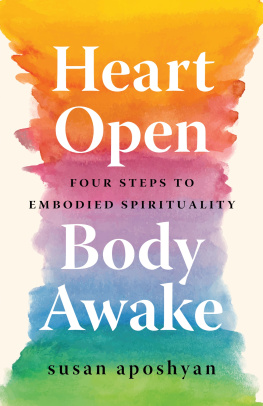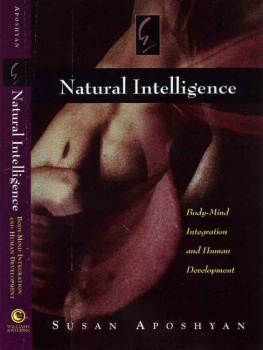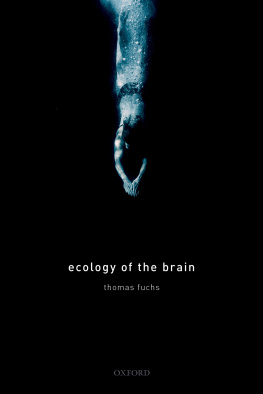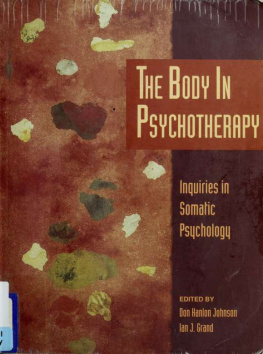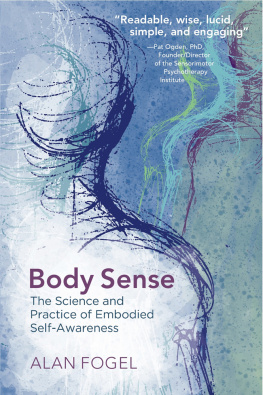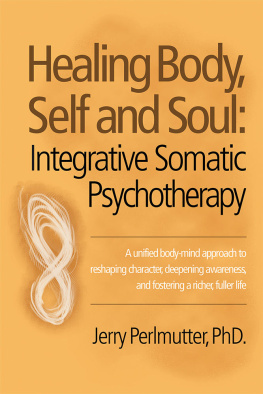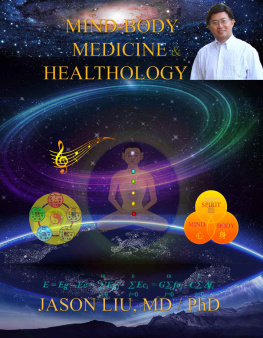Susan Aposhyan - Body-Mind Psychotherapy: Principles, Techniques, and Practical Applications
Here you can read online Susan Aposhyan - Body-Mind Psychotherapy: Principles, Techniques, and Practical Applications full text of the book (entire story) in english for free. Download pdf and epub, get meaning, cover and reviews about this ebook. year: 2018, publisher: W. W. Norton & Company, genre: Religion. Description of the work, (preface) as well as reviews are available. Best literature library LitArk.com created for fans of good reading and offers a wide selection of genres:
Romance novel
Science fiction
Adventure
Detective
Science
History
Home and family
Prose
Art
Politics
Computer
Non-fiction
Religion
Business
Children
Humor
Choose a favorite category and find really read worthwhile books. Enjoy immersion in the world of imagination, feel the emotions of the characters or learn something new for yourself, make an fascinating discovery.
- Book:Body-Mind Psychotherapy: Principles, Techniques, and Practical Applications
- Author:
- Publisher:W. W. Norton & Company
- Genre:
- Year:2018
- Rating:3 / 5
- Favourites:Add to favourites
- Your mark:
Body-Mind Psychotherapy: Principles, Techniques, and Practical Applications: summary, description and annotation
We offer to read an annotation, description, summary or preface (depends on what the author of the book "Body-Mind Psychotherapy: Principles, Techniques, and Practical Applications" wrote himself). If you haven't found the necessary information about the book — write in the comments, we will try to find it.
Body-mind psychotherapy (BMP) takes the basic tools of mind-body integration and joins them with an awareness of emotional development.
Working with techniques such as body awareness, touch, breath, and movement, BMP reintroduces the body and its innate wisdom to the theory and practice of psychotherapy. This alternative practice is one of the exciting frontiers of therapy and will enrich the work of therapists, medical practitioners, and bodyworkers.Body and mind are functionally inseparable. The cultural separation of body and mind, however, has confused our thinking and created obstacles for psychological health. This separation is itself firmly planted in the practices of standard psychotherapy. In the first part of the book, Aposhyan discusses this false division and goes on to articulate the theoretical basis for the unity of body and mind. Drawing on research in neuroscience and developmental conceptions of human attachment, bodily processes including nonverbal attunement, processing, and regulation are shown to be basic to what transpires in therapy. This account culminates in a chapter on the links between biology and consciousness that are critical for therapeutic that addresses the whole person.Part 2 provides an overview of the basic form of BMP. Beginning with the tasks of therapy, the chapters in this part describe the format of therapy in terms of a cycle of interaction between body and mind concluding with a consideration of the primary goal of BMPi.e., a synchronization of body and mind founded in body awareness. The therapy professional is also offered methods to cultivate his or her own embodiment. For the psychotherapist, personal embodiment is the single most important key to integrating the body into psychotherapy practice.The body systems are reviewed in Part 3. Aposhyan takes the reader on a detailed tour of various important systems including the muscular, skeletal, and nervous systems as well as the skin, fluids, viscera, and endocrine systems. The result is an articulate picture of an integrated set of body functions all of which have their distinct roles and yet communicate with and have a bearing upon the functioning of each other. The specific techniques of BMP are grounded in this detailed picture of the various body systems. In Part 4 Aposhyan instructs readers in how to anchor in the body the change affected by BMP. Discussions here consider change at the cellular level and address specific clinical issues critical to BMP. Body-Mind Psychotherapy offers a simple, user-friendly, and safe approach to integrating the body into therapy and psychological exploration. The techniques involved are consistent with research from neuroscience, psychological development, and traumatology. As a result, the reader will find BMP both an effective and research-based therapeutic approach.Susan Aposhyan: author's other books
Who wrote Body-Mind Psychotherapy: Principles, Techniques, and Practical Applications? Find out the surname, the name of the author of the book and a list of all author's works by series.


